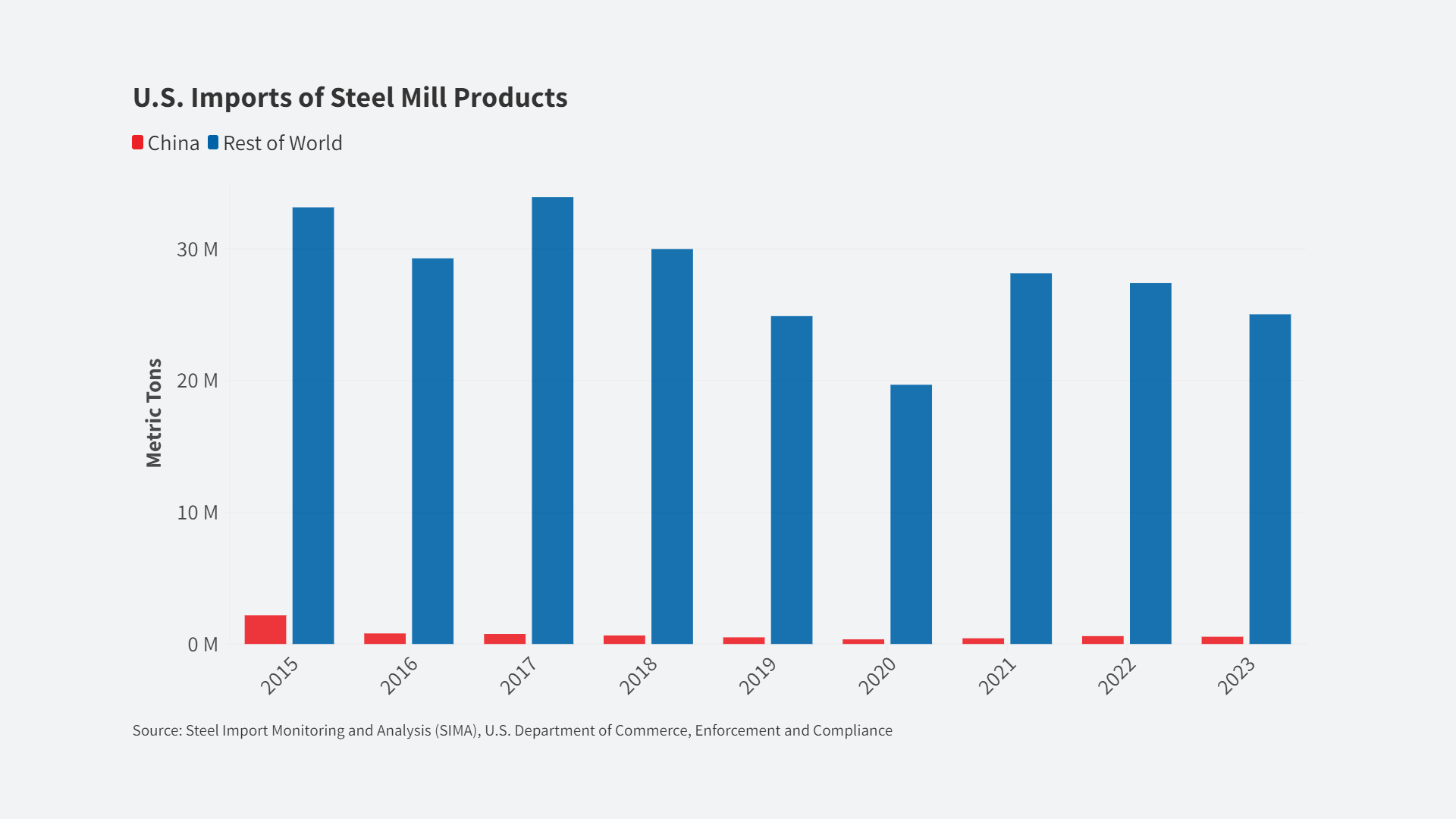
WASHINGTON — The United States trade deficit in December widened sharply to its highest level since 2012 as a stronger dollar appeared to suck in imports and weigh on exports.
[Reposted from Reuters | February 5, 2015]
The Commerce Department said on Thursday that the trade deficit jumped 17.1 percent to $46.6 billion, the largest since November 2012. It was the biggest percentage increase since July 2009.
Economists polled by Reuters had forecast the trade deficit’s falling to $38 billion. When adjusted for inflation, the deficit widened to $54.7 billion, from $48.7 billion in November.
The surprise surge in the December trade gap suggested a downward revision to the fourth-quarter gross domestic product estimate. The government reported last week that G.D.P. expanded at a 2.6 percent annual rate, with trade estimated to have subtracted 1.02 percentage points from growth.
“This brings considerable downside risks to G.D.P. revisions, likely shaving 0.3 percentage point,” said Gennadiy Goldberg, an economist at TD Securities in New York.
Balance of Trade
The deficit is the excess of imports over exports for goods and services. Amounts are rounded, in billions of dollars, seasonally adjusted.
While trade is shaky, the labor market is holding up. Initial claims for state unemployment benefits increased 11,000 to a seasonally adjusted 278,000 for the week ended Jan. 31, the Labor Department said in a separate report on Thursday.
The increase, which was less than economists’ expectations for a rise to 290,000, left intact the bulk of the previous week’s huge decline, which had taken claims to their lowest level since April 2000.
The four-week moving average of claims, considered a better measure of labor market trends because it irons out week-to-week volatility, fell 6,500 to 292,750 last week.
The monthly employment report from the government, to be released on Friday, is expected to show that nonfarm payrolls in January increased 234,000, according to a Reuters survey of economists. That would be the longest stretch of job gains above 200,000 since 1994.
A firming labor market, together with lower gasoline prices, is seen as bolstering consumer spending, which is expected to drive growth in early 2015.
In a sign of the consumer-driven strengthening in domestic demand, imports rose 2.2 percent to $241.4 billion in December. Imports of nonpetroleum products surged to a high, also reflecting the strength of the dollar.
But with the dollar’s rise, exports slipped 0.8 percent to $194.9 billion in December, an eight-month low.
A range of companies, including Procter & Gamble and Microsoft, have warned that the stronger dollar is hurting profits.
Exports have been hurt by slowing growth in Asia and Europe, a strengthening dollar, as well as a labor dispute at West Coast ports, which has been cited by some manufacturers as causing delays in the movement of goods.
Exports to Canada and Mexico, the main trading partners of the United States, fell in December. In contrast, exports to Japan, China and the European Union rose in December.
The politically delicate U.S.-China trade deficit fell 5.5 percent to $28.3 billion.













